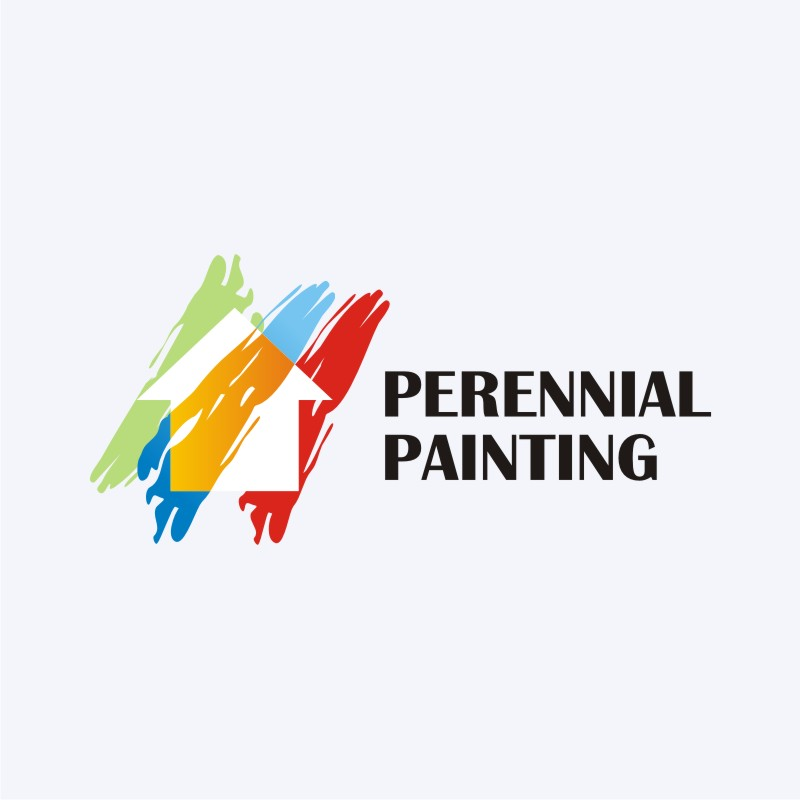Comprehending Seasonal Influences On Commercial Outside Painting: Important Expertise For Success
Comprehending Seasonal Influences On Commercial Outside Painting: Important Expertise For Success
Blog Article
Produced By- click the up coming internet site
When you're planning a commercial external painting task, seasonal variables can make or break your outcomes. You'll wish to think about how temperature and humidity effect paint application and drying out times. Choosing painting companies in fort worth can ensure your paint sticks appropriately and lasts longer. Yet which seasons are really the most effective for this type of work? Allow's discover the crucial elements that can impact your job's success.
The Impact of Temperature Level on Paint Application
When you're preparing an industrial outside painting project, the temperature can dramatically affect how well the paint sticks and dries out.
Ideally, you wish to paint when temperature levels range between 50 ° F and 85 ° F. If it's too cold, the paint might not cure effectively, causing concerns like peeling or breaking.
On residential exterior painting fort worth tx , if it's also warm, the paint can dry out too quickly, avoiding proper bond and leading to an irregular finish.
You should additionally consider the time of day; early morning or late afternoon offers cooler temperatures, which can be a lot more favorable.
Constantly examine the manufacturer's referrals for the specific paint you're making use of, as they usually offer support on the ideal temperature level array for optimal outcomes.
Humidity and Its Effect on Drying Times
Temperature isn't the only environmental variable that affects your commercial external paint job; moisture plays a substantial duty also. High moisture degrees can slow down drying out times drastically, impacting the total high quality of your paint job.
When the air is saturated with dampness, the paint takes longer to treat, which can bring about concerns like poor bond and a greater threat of mold growth. If you're painting on an especially humid day, be planned for extended wait times in between layers.
It's vital to check neighborhood weather and plan appropriately. Preferably, go for moisture levels in between 40% and 70% for ideal drying.
Maintaining these factors in mind guarantees your task stays on track and provides an enduring coating.
Best Seasons for Commercial Outside Paint Projects
What's the best time of year for your industrial external painting tasks?
Springtime and early fall are commonly your best options. During these seasons, temperatures are light, and moisture levels are often lower, producing optimal problems for paint application and drying.
Prevent summertime's intense heat, which can trigger paint to dry as well swiftly, causing poor adhesion and coating. Likewise, wintertime's cold temperature levels can impede appropriate drying out and treating, running the risk of the long life of your paint job.
Go for days with temperatures in between 50 ° F and 85 ° F for optimal outcomes. Keep in interior painting contractor to check the neighborhood weather report for rain, as damp problems can wreck your job.
Preparation around these variables ensures your painting project runs efficiently and lasts longer.
Final thought
To conclude, planning your commercial exterior painting tasks around seasonal factors to consider can make a considerable distinction in the result. By organizing job during the ideal temperatures and moisture levels, you'll guarantee far better bond and drying out times. Bear in mind to watch on neighborhood weather prediction and pick the correct time of year-- spring and early fall are your best options. Taking these actions will certainly help you accomplish a durable and professional finish that lasts.
